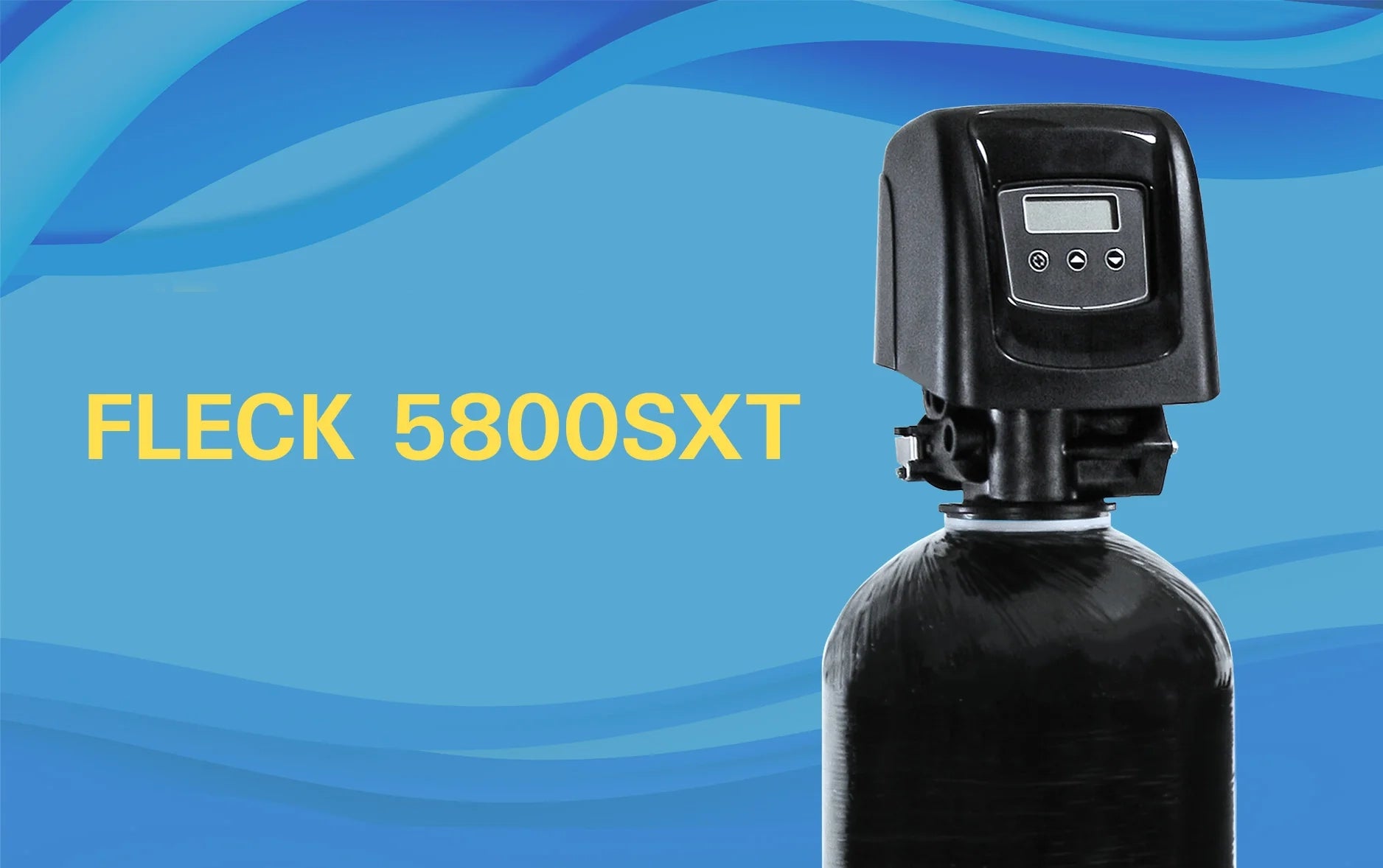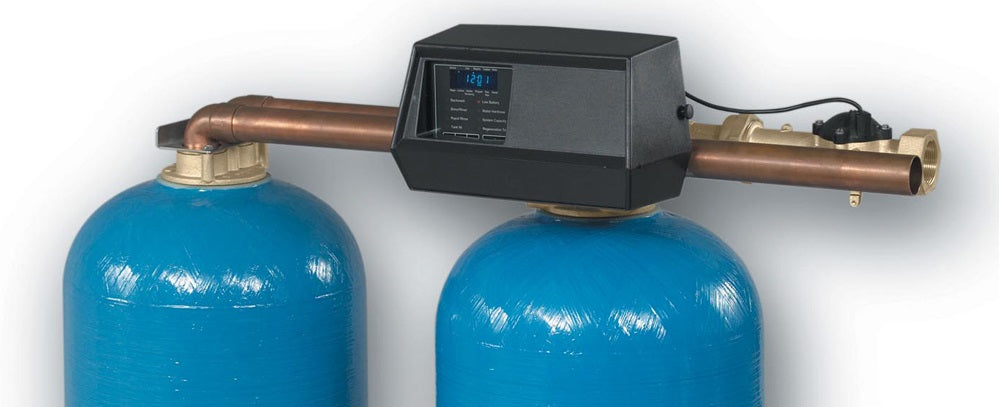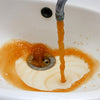| When working with customers, we often encounter people who are looking for the biggest and best system to install in their home. This follows the widespread idea that when shopping for home appliances, purchasing the most expensive and largest system equals buying the best quality/longest lasting system, but this thinking simply does not apply to water treatment. Whether you’re looking into purchasing a water softener, a carbon filter, or an iron filter, buying just the right size tank system is the best choice. |
| Softened water is the result of a process called ion exchange during which hardness ions are swapped with soft ions as untreated water passes through a volume of resin beads. A resin bed holds a limited amount of hardness measured in grains. 1 cubic foot of resin can hold 32,000 grains of hardness and once this limit is reached, the resin bed is considered exhausted and must be regenerated. Your treated water will go from being completely softened to as hard as if it were untreated. This means that adjusting your softener settings will not make your water more or less softened. Your softening goal should be to determine the correct size tank to last your family one week before requiring regeneration. |
| If you would like us to determine your tank size, please have your latest water test results with you including your hardness level and call (888) 426 5001. If you do not have a water test on file, you can cheaply and easily get a report by taking a sample of your untreated water to a local pool shop or well driller and they will either test it for free or for a minor fee. |
| To determine the right size tank for your home, we test for the hardness level of your untreated water and factor in the number of people who live in your home on a normal basis. Let’s say your hardness level is 16 grains per gallon and 4 people live in your home. We need to multiply the number of people (4) times average daily water consumption per person (75 gallons) times 7 days times the hardness level (16 gpg). |
| 4 people x 75 gallons x 7 days x 16 gpg = 33,600 grains of hardness to treat per week. |
| 33,600 is close to the available tank sizes of 32,000 (1 cubic ft, 9”x48”) and 40,000 (1.25 cubic ft, 10”x44”). Although the result is closer to 32K, we must factor in the possibility of needing to lower the capacity setting in the case your hardness level is low enough to support a lower salt setting. For this scenario of 4 people and 16 gpg, the 40K tank would be the best choice. |















